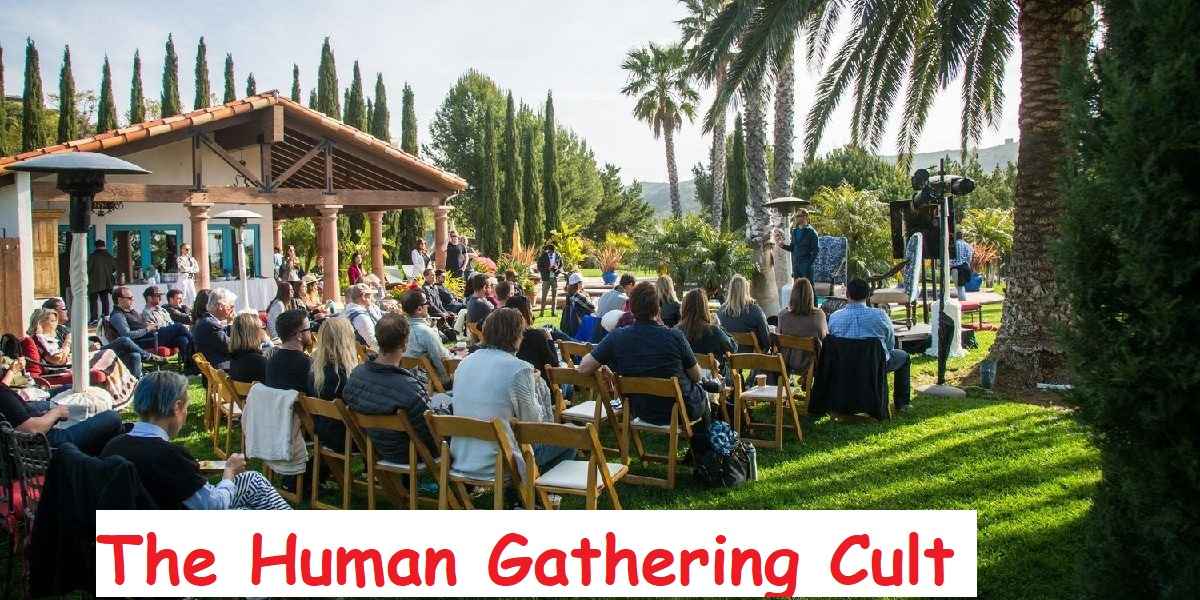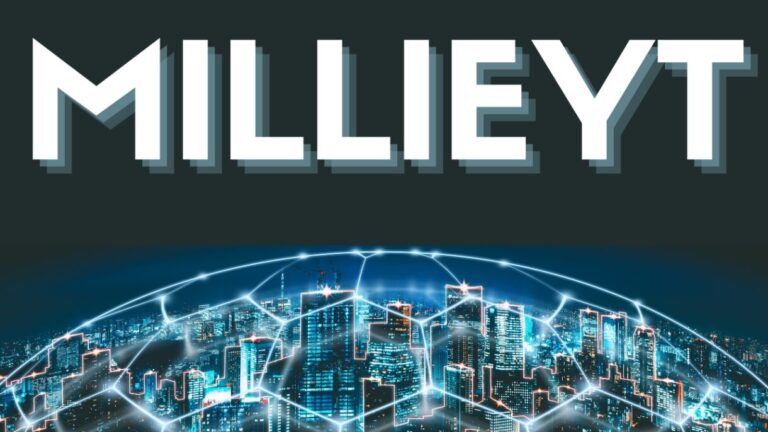The Human Gathering Cult: Unveiling the Mystery Behind This Enigmatic Group
In recent years, a peculiar phenomenon has captured the attention of sociologists, psychologists, and curious individuals alike: the human gathering cult. This enigmatic group has sparked controversy, fascination, and countless debates about its true nature and purpose. In this comprehensive article, we’ll delve deep into the origins, beliefs, practices, and impact of the human gathering cult, shedding light on one of the most intriguing social movements of our time.
What is the Human Gathering Cult?
The human gathering cult is a relatively new spiritual and social movement that emphasizes the power of human connection and collective energy. Unlike traditional religious cults, the human gathering cult doesn’t revolve around a single charismatic leader or deity. Instead, it focuses on the idea that humans themselves possess an innate power that can be amplified through organized gatherings and rituals.
Key Characteristics of the Human Gathering Cult
- Emphasis on collective energy and human connection
- Absence of a single leader or figurehead
- Regular gatherings and rituals
- Blend of spiritual and scientific concepts
- Focus on personal growth and self-actualization
The Origins of the Human Gathering Cult
The exact origins of the human gathering cult remain shrouded in mystery, but most experts trace its beginnings to the early 2010s. It’s believed that the movement emerged as a response to the increasing disconnection and isolation felt by many in the digital age.
Timeline of the Human Gathering Cult’s Development
- 2010-2012: Early ideas and concepts begin circulating on online forums
- 2013: First documented gathering of the human gathering cult
- 2015: Publication of the “Human Energy Manifesto,” a key text for the movement
- 2017: Rapid expansion and media attention
- 2020-present: Adaptation to virtual gatherings and continued growth
Core Beliefs and Practices of the Human Gathering Cult
Belief in Collective Human Energy
Central to the human gathering cult’s philosophy is the idea that humans possess a unique form of energy that can be harnessed and amplified when people come together in large groups. This concept draws from various spiritual traditions and pseudoscientific theories about human biofields and consciousness.
The Power of Gathering
The human gathering cult places immense importance on regular meetings and rituals. These gatherings, often held in natural settings or large open spaces, are believed to create a powerful energetic vortex that can influence personal growth, healing, and even global events.
Rituals and Practices
Some common rituals and practices within the human gathering cult include:
- Group meditation and visualization exercises
- Synchronized breathing techniques
- Chanting and sound healing
- Physical touch and energy exchange exercises
- Ecstatic dance and movement
Personal Growth and Self-Actualization
Members of the human gathering cult are encouraged to embark on personal growth journeys, often involving self-reflection, therapy, and various alternative healing modalities. The ultimate goal is to achieve a state of self-actualization and heightened consciousness.
The Structure of the Human Gathering Cult
Unlike traditional cults, the human gathering cult lacks a rigid hierarchical structure. Instead, it operates more like a decentralized network of local chapters and communities.
Local Chapters
Each local chapter of the human gathering cult operates independently, organizing its own gatherings and events. However, there is often communication and collaboration between chapters, especially for larger gatherings.
Online Presence
The human gathering cult has a strong online presence, with numerous forums, social media groups, and websites dedicated to discussing its principles and organizing events. This digital infrastructure has played a crucial role in the movement’s rapid growth and global reach.
Controversies Surrounding the Human Gathering Cult
Despite its emphasis on positive human connection, the human gathering cult has not been without controversy. Critics have raised concerns about various aspects of the movement:
Pseudoscientific Claims
Some scientists and skeptics have criticized the human gathering cult for promoting pseudoscientific ideas about human energy and consciousness that lack empirical evidence.
Financial Exploitation
There have been accusations that some organizers within the human gathering cult exploit members financially by charging exorbitant fees for events and workshops.
Psychological Manipulation
Critics argue that the intense emotional experiences cultivated during human gathering cult events can lead to psychological manipulation and dependency.
Public Health Concerns
During the COVID-19 pandemic, some human gathering cult chapters faced backlash for continuing to hold large in-person gatherings despite public health guidelines.
The Impact of the Human Gathering Cult on Society
Social Connections in the Digital Age
Proponents of the human gathering cult argue that it provides a much-needed antidote to the isolation and disconnection prevalent in modern society. By encouraging face-to-face interactions and physical touch, the movement aims to counteract the negative effects of excessive screen time and virtual communication.
Mental Health and Well-being
Many members of the human gathering cult report significant improvements in their mental health and overall well-being. The sense of community, regular social interaction, and focus on personal growth are cited as key factors in these positive outcomes.
Cultural Influence
As the human gathering cult has grown in popularity, its ideas and practices have begun to influence mainstream culture. Concepts like “collective energy” and “human connection” have found their way into corporate team-building exercises, wellness retreats, and even some educational programs.
The Future of the Human Gathering Cult
As we look to the future, several questions arise about the trajectory of the human gathering cult:
- Will it continue to grow and expand, or will interest wane over time?
- How will the movement adapt to an increasingly digital world?
- Can the human gathering cult maintain its decentralized structure as it grows larger?
- Will scientific research support or refute the movement’s claims about human energy and collective consciousness?
Potential Scenarios
- Mainstream Acceptance: The human gathering cult could become more widely accepted, with its practices integrated into various aspects of society.
- Scientific Validation: Research into human consciousness and energy fields could provide evidence supporting some of the movement’s core beliefs.
- Fragmentation: The decentralized nature of the human gathering cult could lead to the emergence of numerous offshoot groups with varying beliefs and practices.
- Regulation: Governments and health organizations might implement regulations on large gatherings and alternative healing practices, impacting the movement’s activities.
Conclusion: Understanding the Human Gathering Cult Phenomenon
The human gathering cult represents a fascinating intersection of spirituality, social dynamics, and the human need for connection in the modern world. While controversy and skepticism surround many aspects of the movement, its rapid growth and impact on members’ lives cannot be ignored.
As researchers continue to study the human gathering cult and its effects, we may gain valuable insights into the nature of human consciousness, the power of collective experiences, and the evolving landscape of spirituality in the 21st century.
Whether you view the human gathering cult as a positive force for human connection or a potentially dangerous pseudo-spiritual movement, its emergence and popularity reflect deeper societal trends and human needs that warrant further exploration and understanding.
FAQs About the Human Gathering Cult
- Is the human gathering cult a religious organization? No, the human gathering cult is not officially classified as a religious organization. It’s more accurately described as a spiritual and social movement.
- How many people are involved in the human gathering cult? Exact numbers are difficult to determine due to the decentralized nature of the movement. Estimates range from hundreds of thousands to several million participants worldwide.
- Are there any age restrictions for joining the human gathering cult? Most chapters welcome adults of all ages. Some events may have age restrictions, particularly those involving intense physical activities or overnight gatherings.
- How does the human gathering cult fund its activities? Funding typically comes from member donations, event fees, and the sale of books, workshops, and merchandise related to the movement’s teachings.
- Is the human gathering cult legal? The legality of the human gathering cult varies by country and jurisdiction. In most places, its activities are legal as long as they comply with local laws regarding gatherings, health and safety regulations, and financial practices.
By exploring the complex phenomenon of the human gathering cult, we gain valuable insights into contemporary spirituality, social dynamics, and the enduring human need for connection and meaning in an increasingly fragmented world.






